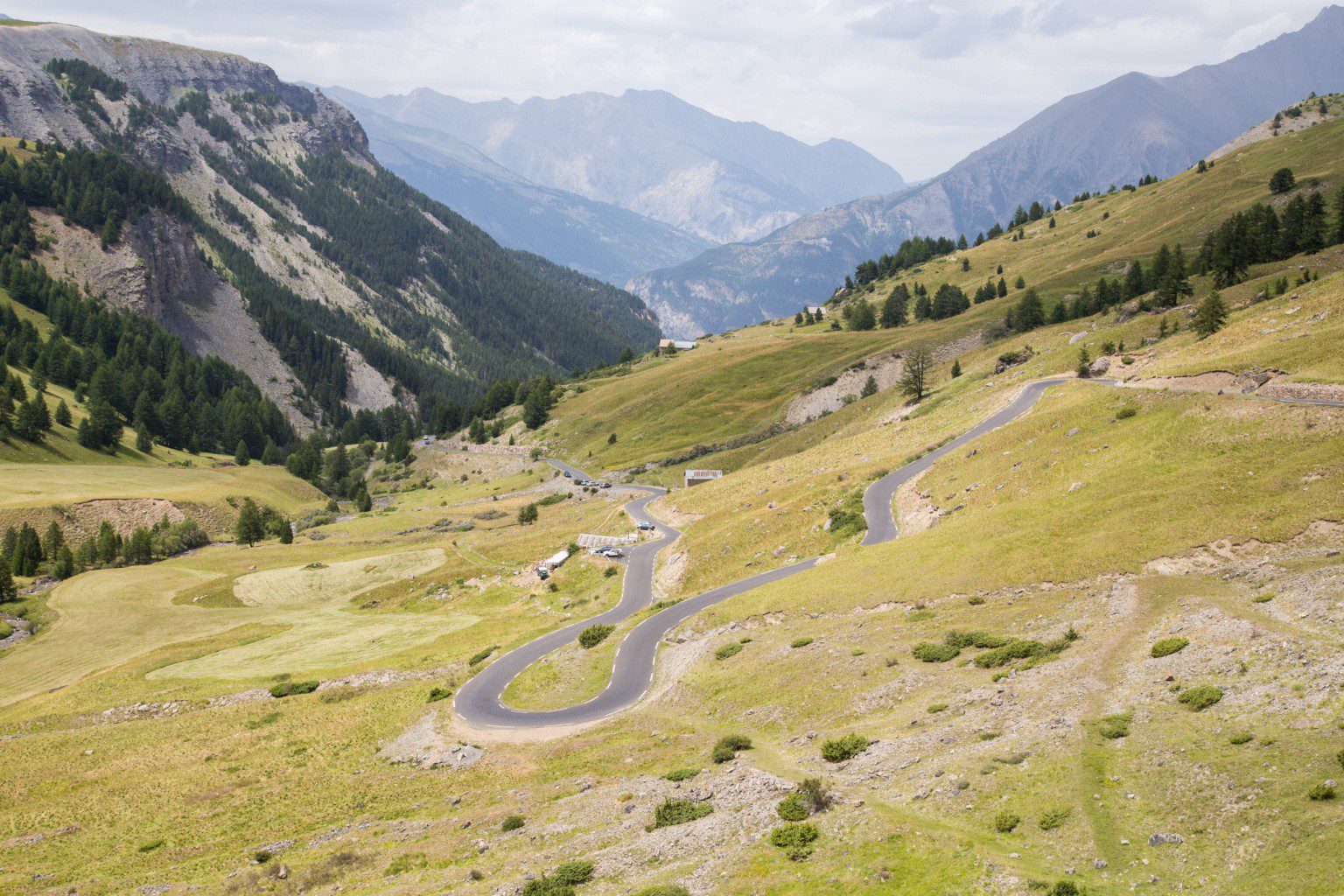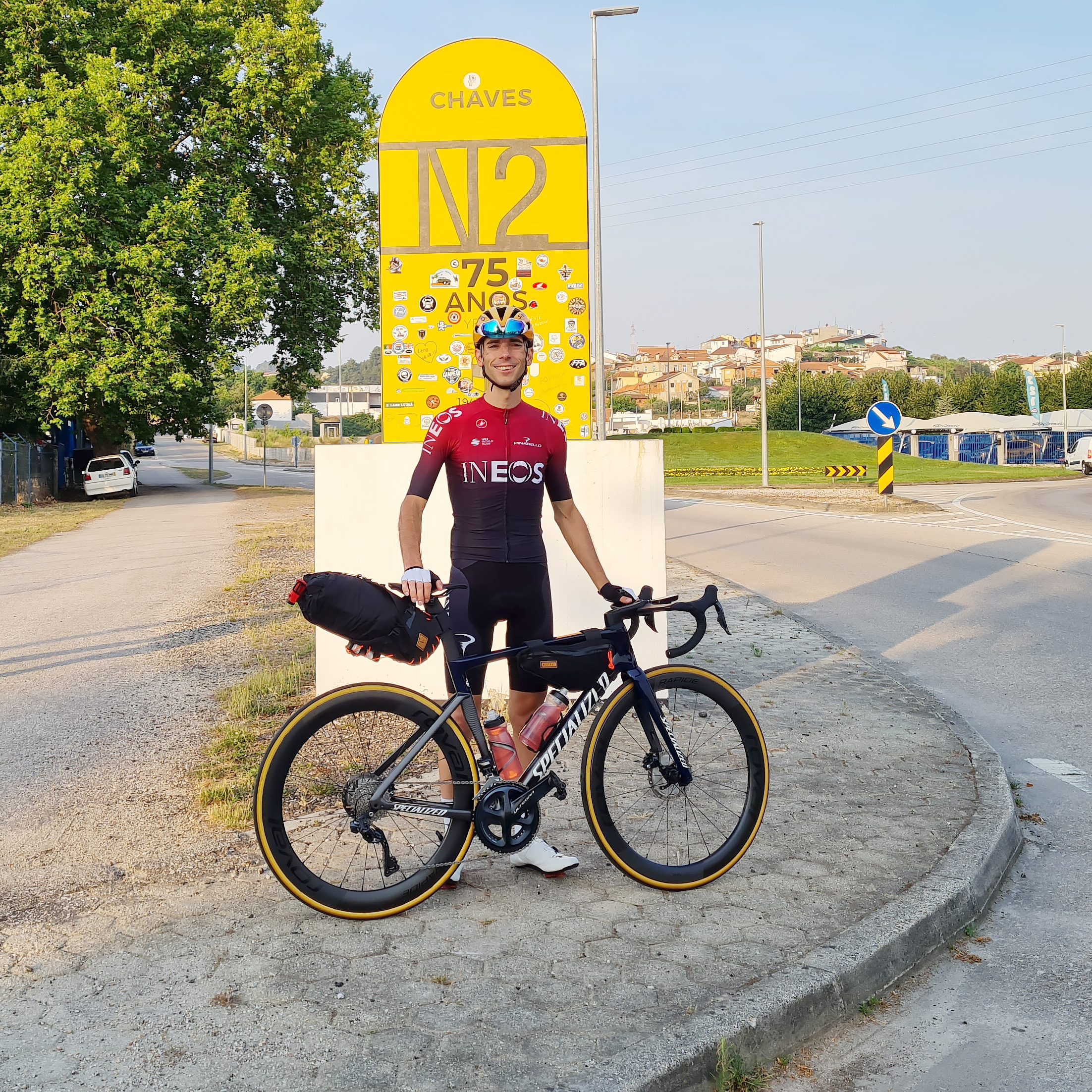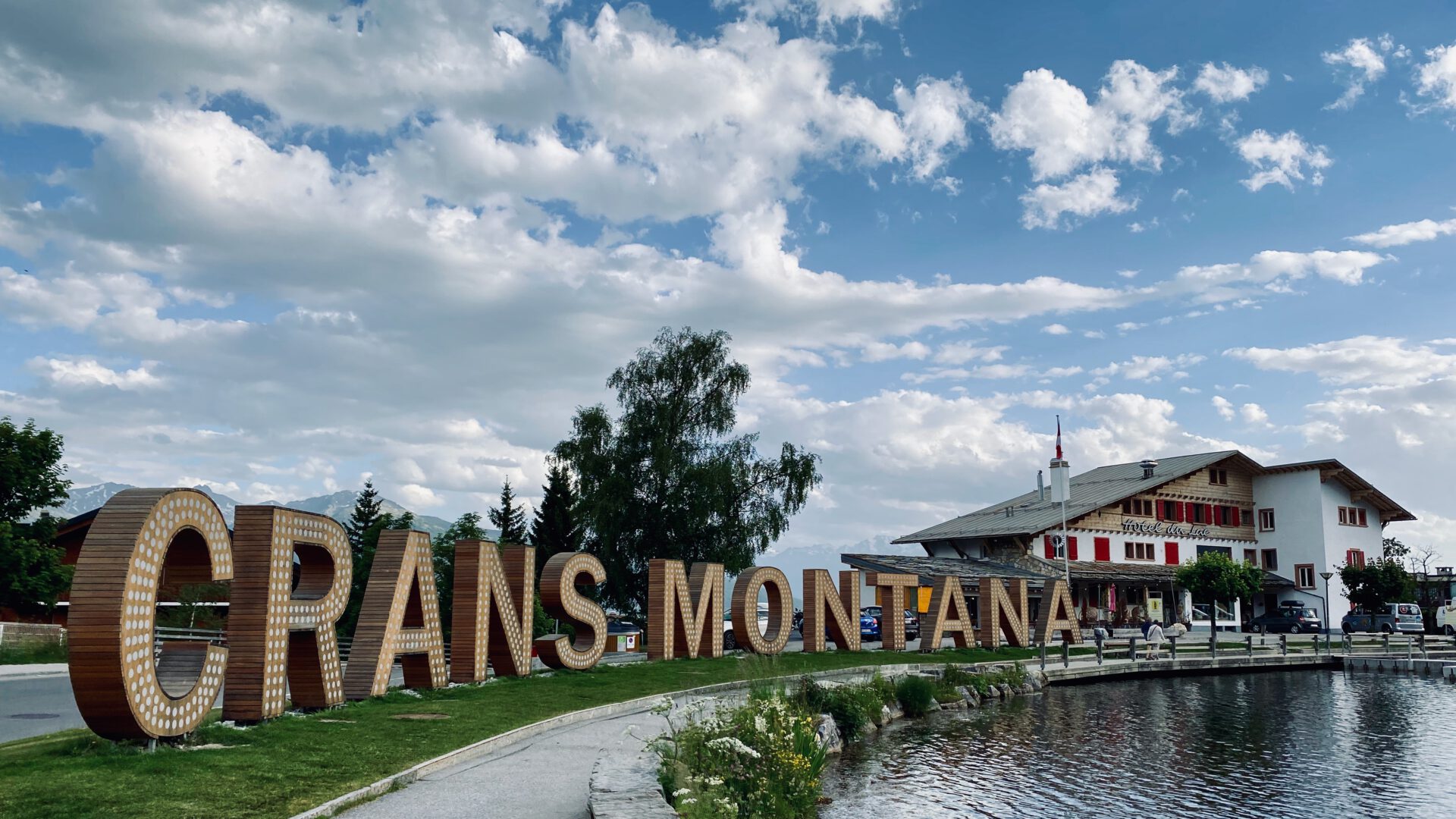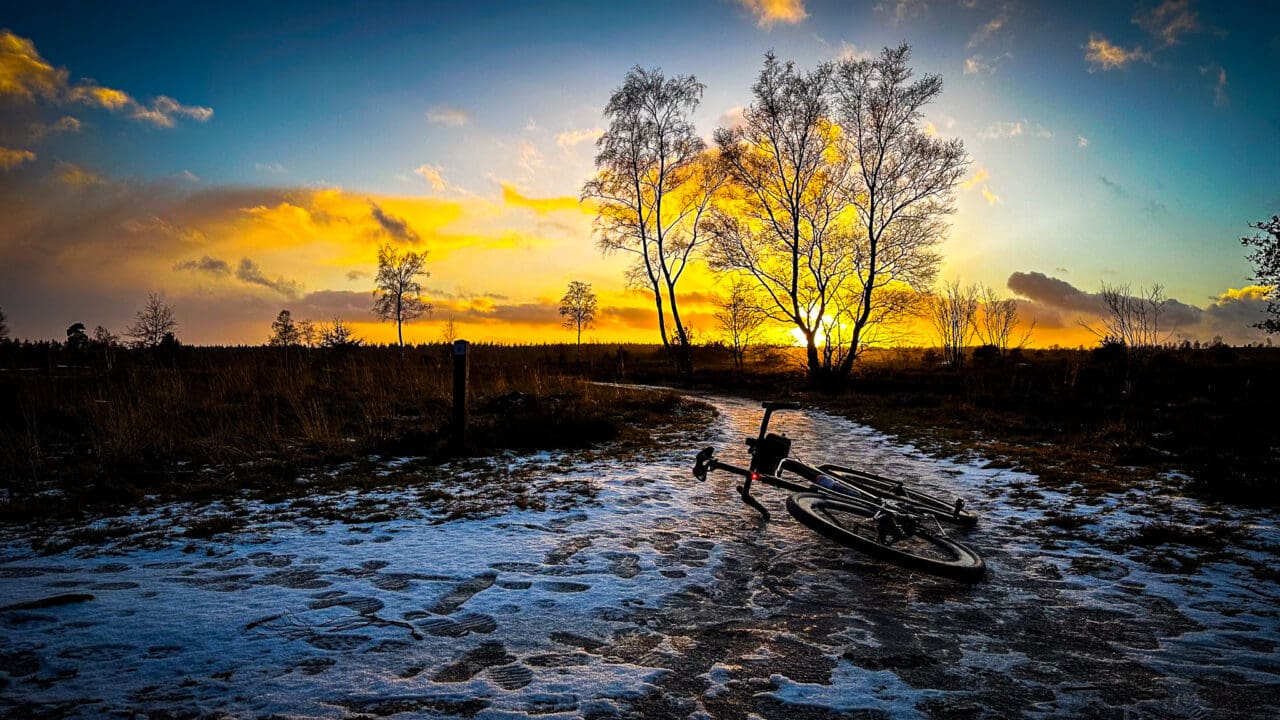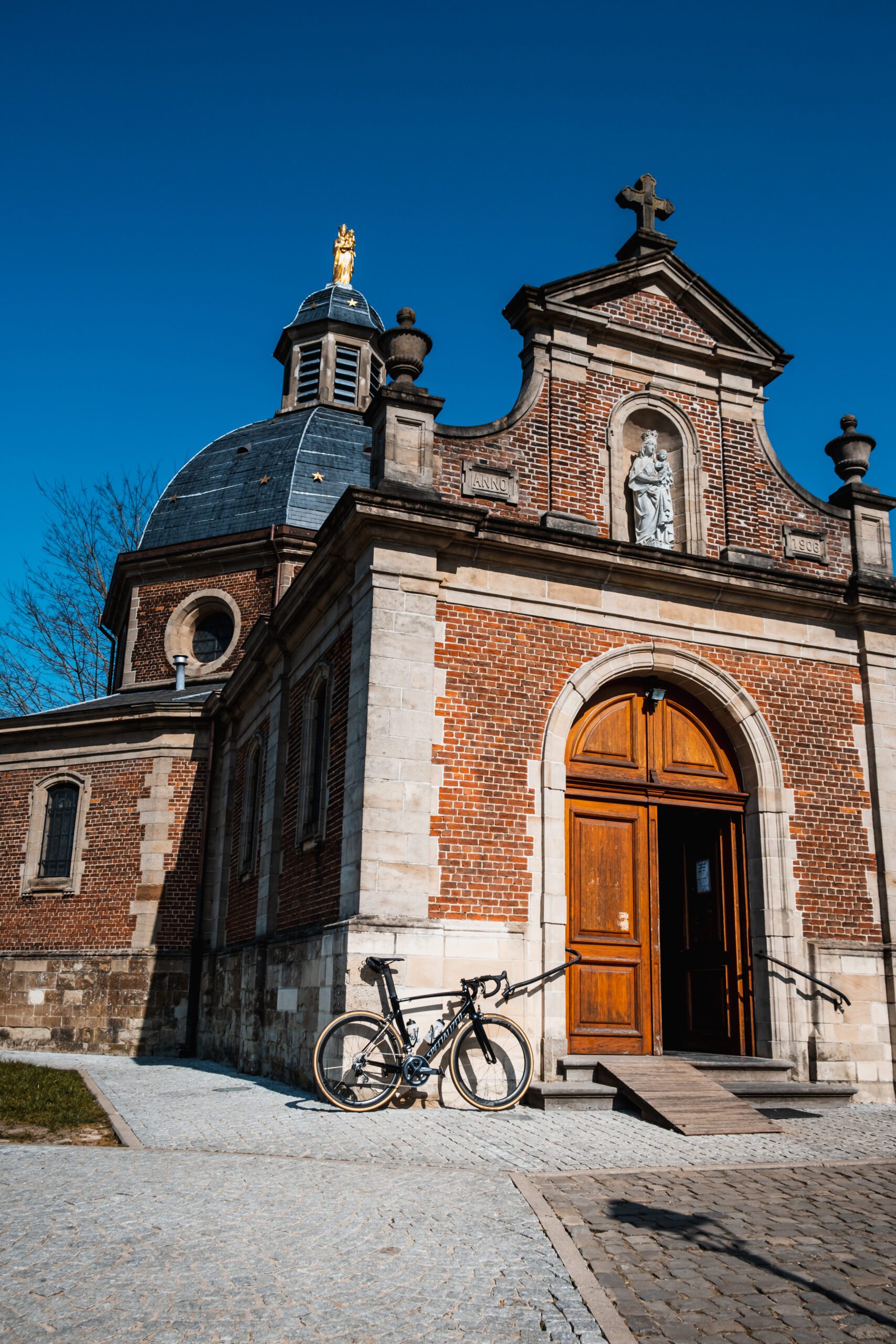Preparing for your first time cycling in the mountains can be tricky in our flat little country. But with some good tips, you will succeed! In this blog, our explorer Nynke gives you some tips for first-time mountain cycling. She tells how she prepared for a trip to the high mountains in northern Italy. If you then go for the mountains, the Dolomites also right into the real thing. These are the most important tips if you are going cycling in the mountains for the first time!
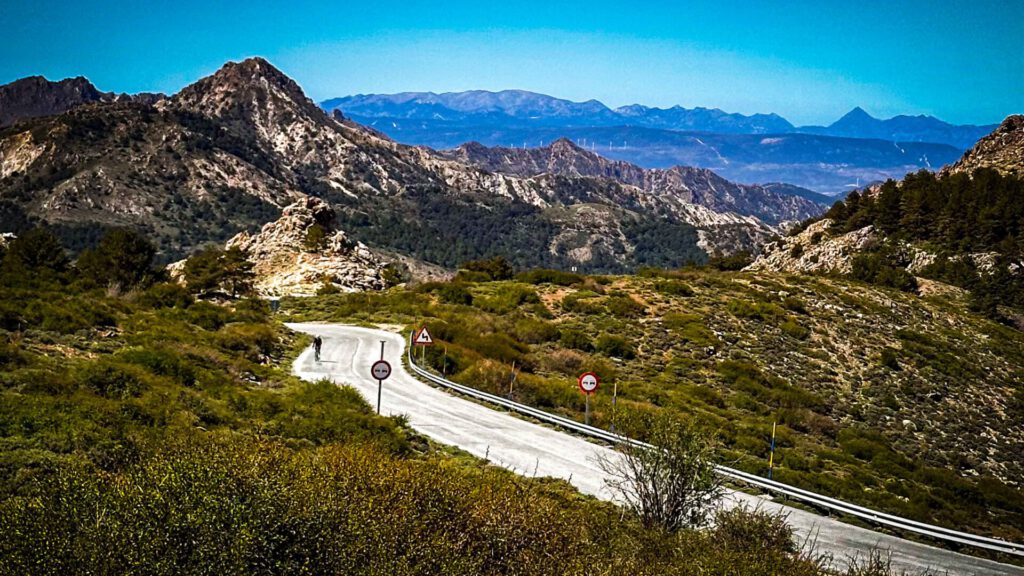
Text and photos: Nynke Cuperus
It is mid-May when I am asked if I would like to be a week-long cycling guide for a group of enthusiastic singles in the Dolomites. Of course, I don't have to think twice about that! Enthusiastically, I say yes. But it has been quite a while since I cycled in the mountains, so good preparation is welcome.
At that time, I will have a number of rides of around 100 kilometres in my legs, as I will be taking part in the 235-kilometre Cycle City Tour. In addition, the 115-kilometre Tour version of the Vuelta is scheduled for mid-August. So kilometres I do well, but to train altitude metres I have to put in a bit more effort. About the 2022 Elfstedentocht and the hell that was, you can read more here.
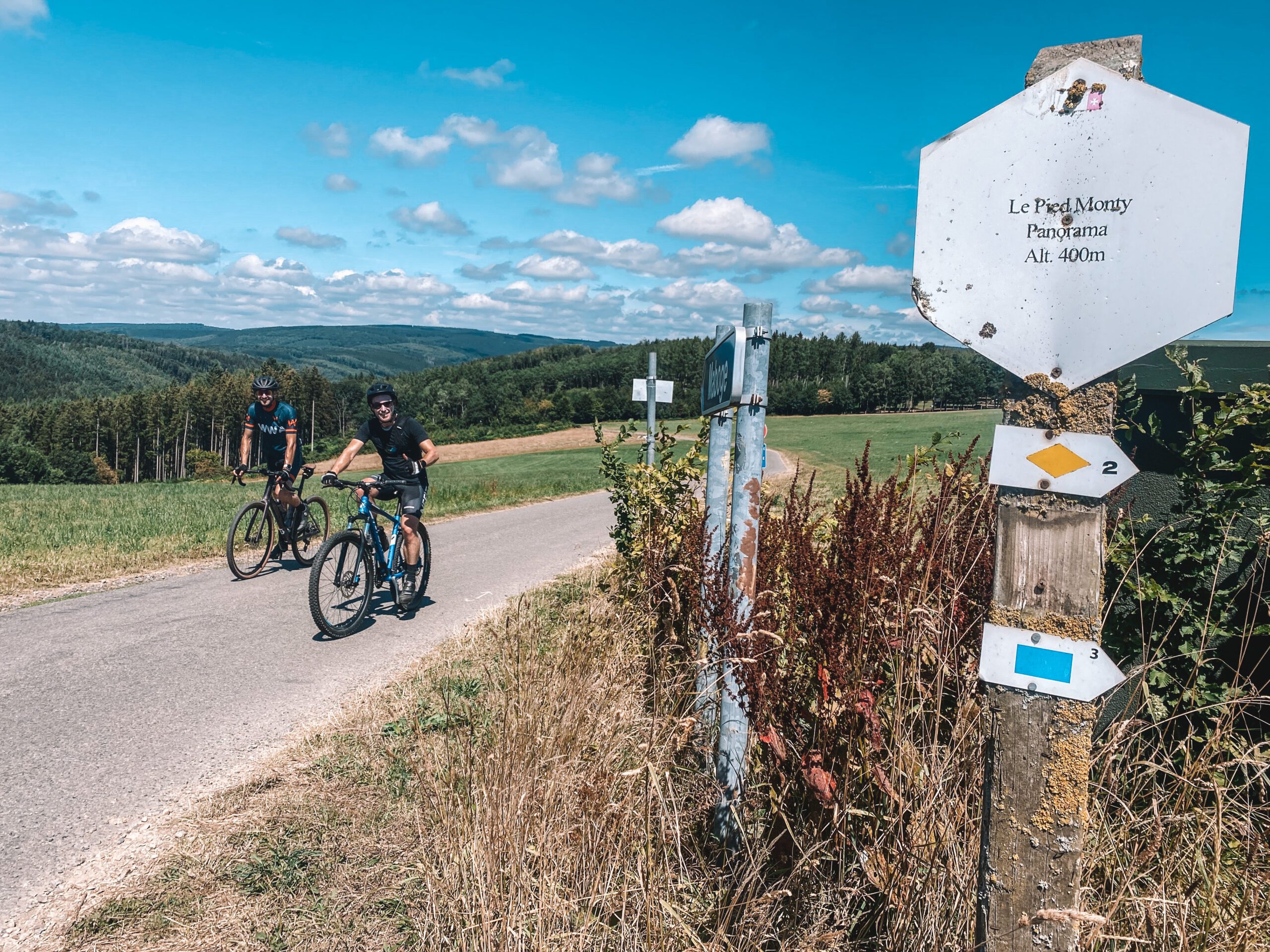
Where can I make altimeters in and around the Netherlands?
Limburg and the Voer region
It is wise to make some altitude metres in the Netherlands before cycling. Then you will learn to cycle against a slope, which is slightly different from going over the dyke. If you want to make some altitude metres to prepare for a cycling trip in the mountains, you quickly think of Limburg. I too like to spend a day cycling the Cauberg and other hills of our Dutch 'high mountains'. If only because cycling and vlaai go very well together... 😉 Want to ride over calmer climbs? Then peak across the border to the Voer region. The climb to Les Waides is one to challenge you!
Other options
But besides Limburg, there are more options in the Netherlands' immediate surroundings. How about a weekend of cycling in the Ardennes? Around La-Roche en Ardenne you will find quite steep climbs, of up to 23% at times! This village is also home to the Col de Haussire, Belgium's toughest climb, whose summit is at 498 metres. I can tell you that it is quite tough! Also in the German Eifel you'll find lots of climbs, just like in the Teutoburgerwald.

Climbing in (Northern) Netherlands
Even if you are from the north, you can fill up your calves and practise descending with confidence. For example, I went for a day to the Col du VAM, a climb on a former waste dump near Hoogeveen. This has also recently been upgraded with 'the roof of Drenthe' there. In the Achterhoek you can go wild in Montferland. In this area located between Doetinchem and the German border, you will find several hills between 67 and 92 metres above sea level. A well-known spot in the middle of the country is the Amerongse Berg. Professional cyclists competing in the Vuelta in mid-August could even grab a mountain jersey on this 69-metre-high hill.
The alternative, of course, is South Limburg. The Cauberg and surroundings are then perfect.
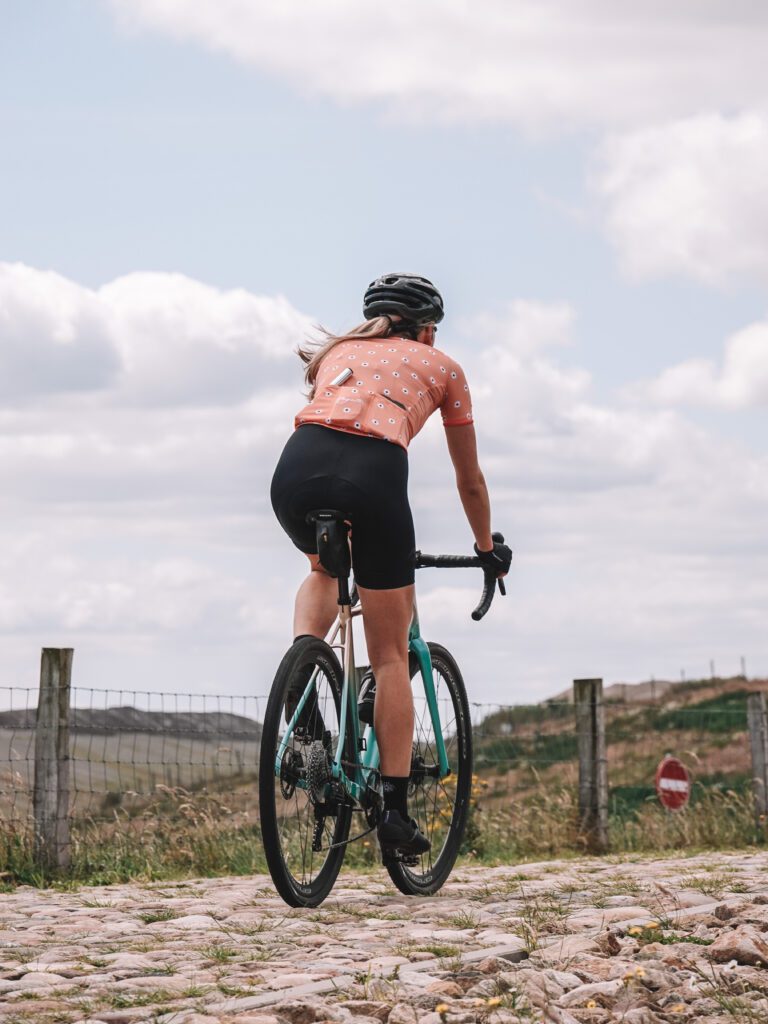
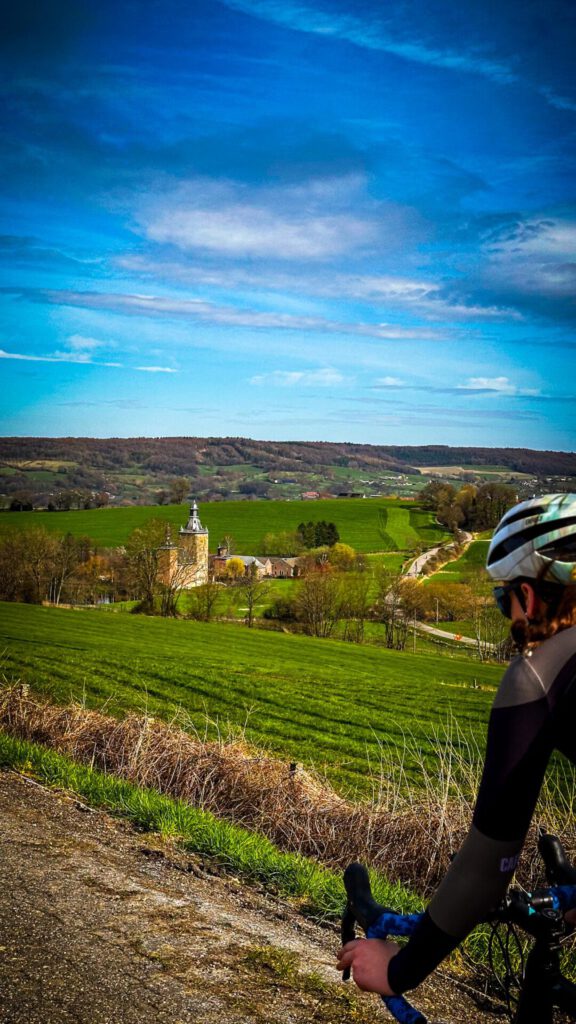
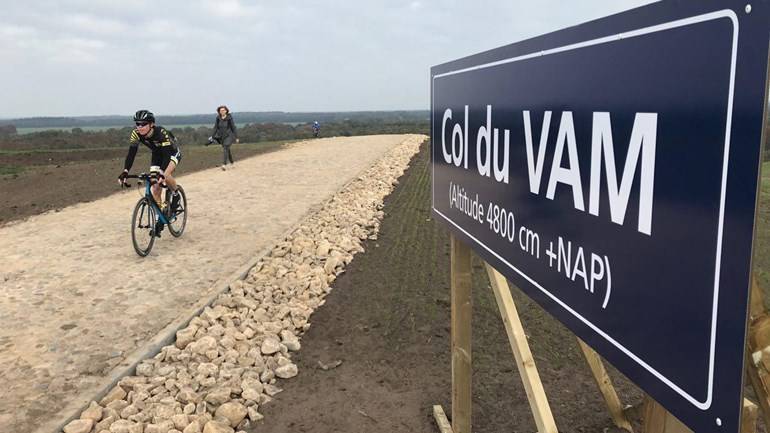
How do I get strong enough to cycle in the mountains?
Besides cycling, there are other ways to prepare for cycling in the mountains. For example, in the weeks leading up to my trip to Molveno, I started running more. That way, my fitness would improve quickly without spending hours training. During the year I already run more often, now I try to run at least once or twice a week and build up the number of kilometres from 7 to 11. Have you never run before? Then start slowly to avoid injuries, there are many running beginner's schedule to be found.
Strength training and more
To get strong legs, I do strength training once a week. My workouts include leg press, calf raises, lunges and the crab walk. You can also take spinning classes in addition, but I am less of a fan of those myself. Another way to get fit is to challenge yourself on the bike by cycling with people who are faster than you. For instance, I regularly go cycling with the men.
When should I start training when cycling in the mountains for the first time?
How many months in advance to train for a cycling holiday in the mountains is different for everyone. In fact, to determine your preparation time and training intensity, you have to take several factors into account. For example, how is your basic condition? Do you cycle a lot or little? And what is your goal during your cycling holiday? But also: how often will you cycle during your holiday? Will you make a few hundred altimeters during a ride or do you expect to make thousands of altimeters? How long and steep are the rides? And how fast do you want to cycle? In short, plenty to think about.
Fondo, the training app of the KNWU, or Join can help you with a training schedule. I myself did not follow a schedule, but mostly followed my own gut and did what I could. That way, I was well prepared to go cycling in the mountains.
Resting and checking equipment
In addition to great training, good preparation also lies in checking your equipment. For example, do you have a mountain gear on your bike? Are your brakes still working properly? And how are your tyres and chain doing? It is certainly not an unnecessary luxury to have your bike checked by someone who knows about it. Also check our basic packing list, then you know you're always in the right place when you set off on cycling holidays to the mountains
Are you and your bike all set to go on holiday?
Then there is only one thing left to do: rest. Training like crazy the week before your cycling holiday is counterproductive. So stick to walking or a yoga class and get plenty of sleep.
Happy cycling holidays and have fun when you go cycling in the mountains!
